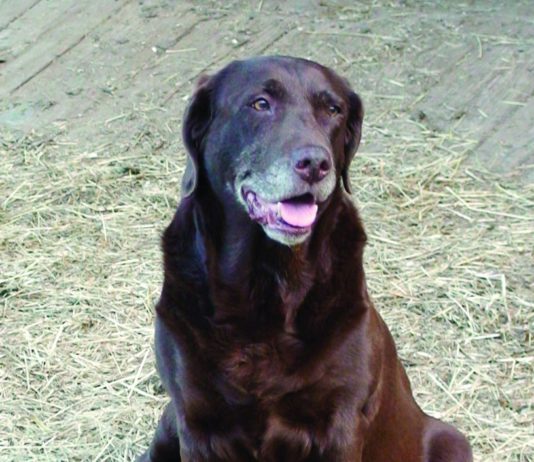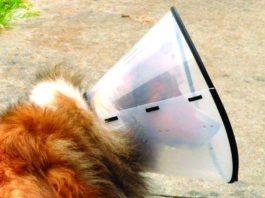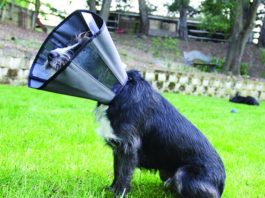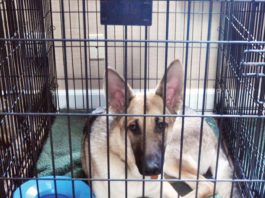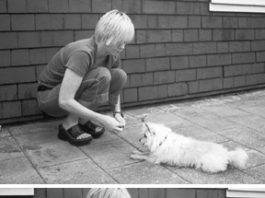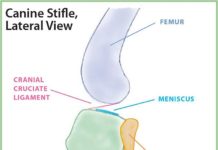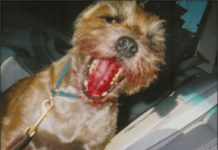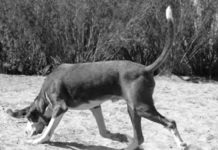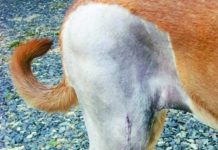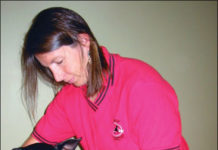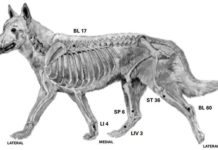What You Should Know About Anesthesia Before You Schedule Your Dog’s Veterinary Procedure
Even the biggest worrywart owner usually relaxes a bit when her dog goes to sleep but of course, her anxiety will ratchet up to stratospheric levels if that sleep" is the span of temporary unconsciousness known as anesthesia. The more you know about it
Torn Cruciate Ligaments in Dogs
A cranial cruciate ligament injury in a young, healthy dog is typically an athletic injury. In older dogs, it is usually an injury of chronic wear and tear. This explains why its so common for a dog who has damaged the CrCL on one side to then tear it on the other side. When you take one back leg out of commission, the work load shifts to the other, increasing the strain on the ligaments of the good leg.
Blood Transfusions for Dogs
Denise Mankin, DVM, was on duty late one night in a Des Moines, Iowa, emergency veterinary clinic when Yeller, a Labrador Retriever, was rushed in sporting a fresh wound to his back. Yeller had been shot after escaping from his rural home. After stabilizing Yeller with IV fluids, antibiotics, and pain medications, Mankin opened up the dog's abdomen to find blood filling his abdominal cavity. A bullet had perforated Yeller's small intestine in five different locations, and two of the sites were hemorrhaging profusely. Within moments, his blood pressure plummeted. As Mankin worked desperately to tie off the blood supply to his damaged bowel, Yeller went into cardiac arrest. Cardiac drugs restored Yeller's heart beat, and donor blood, having been warmed for transfusion, was pumped into him.
Double TPLO Surgery for Dogs
As we learned in our independent research and from meeting with multiple veterinary surgeons, the TPLO surgery has become the gold-standard treatment for this kind of knee injury, especially in very large, strong, young, athletic dogs. While waiting for Sirius growth plates to close, we saw firsthand how conservative management worked - and then didnt. We were looking for a treatment option that gave Sirius the best chance at the kind of fun and normal life she deserved, one that would allow her to return to the activities and sports training that she loved.
What You Should Know Before Your Dog Receives Anesthesia
Advances in anesthesiology have made this life-saving medical tool safer than ever. Prior to administering an anesthetic and performing an elective surgical procedure, a veterinarian will examine your dog completely to determine if she is in general good health. Usually, the veterinarian will draw blood before the day of surgery, especially if the patient is an older dog, or one whose health is compromised by injury or illness. The doctor will check the blood count for signs of anemia or a high white blood cell count that may indicate the dog has an infection.
Tail Docking and Ear Cropping Can Be Dangerous
Cosmetic surgery for dogs, including docking tails and cropping ears, is increasingly controversial. Even the usually conservative American Veterinary Medical Association (AVMA) has stated that the procedures are not medically indicated nor of benefit to the patient. These procedures cause pain and distress
Cranial Cruciate Ligament Repair for Dogs: Your Options
The truth is, we do not have a perfect solution for cranial cruciate ligament tears in dogs. Research is constantly evolving and we are still in search of the perfect fix. In humans, a synthetic or biologic ligament is placed where the damaged ligament used to sit. This was tried in dogs, but the outcomes were never good. The replacement ligaments were just not well tolerated. Consequently, something different had to be done.
The Benefits of Rehabilitation Therapy for Dogs
About a decade ago, my then-young Bouvier, Jolie, had surgery to repair a herniated disc. From reading Whole Dog Journal, I was vaguely aware that veterinary physical therapy or rehabilitation existed; these specialties were mentioned in Recovery From a Fetch Injury" in the August 1999 issue
Alternatives to Canine Surgery
I have a young Great Dane named “Bugsy.” I acquired him from a Dane breeder with a good reputation when he was four and a half months old. My only misgiving about the handsome pup was the discovery he had been raised on a terrible food, a brand made with poor quality ingredients and way too much protein and fat for a growing Dane puppy. Though many people think that big dogs must require lots of protein and fat to “grow so big,” giant breed dogs should be fed lower percentages of these nutrients.
Preparing Your Dog for a Successful Surgery
The word surgery
Post-Operation Acupressure for Dysplastic Dogs
After consulting with three veterinary surgeons, it was decided that the best course of action for my dysplastic dog was a triple pelvic osteotomy (TPO), where the hip is reformed to create a socket. This procedure was considered experimental 10 years ago when Oak was much in need of it. Today, it is a common surgery for hip dysplasia.
Get Your Dog to Rest After Surgery
Stay, and "Leave It." One can also work on increasing the duration of these behaviors at this time.üToss your dog's kibble onto a "snuffle mat" to increase the amount of time it takes him to sniff out and consume each nugget. These washable mats are easy to make or can be store-bought.üDr. Jessica Hekman uses trick training and scent-work exercises (seen here) to keep her usually busy English Shepherd


